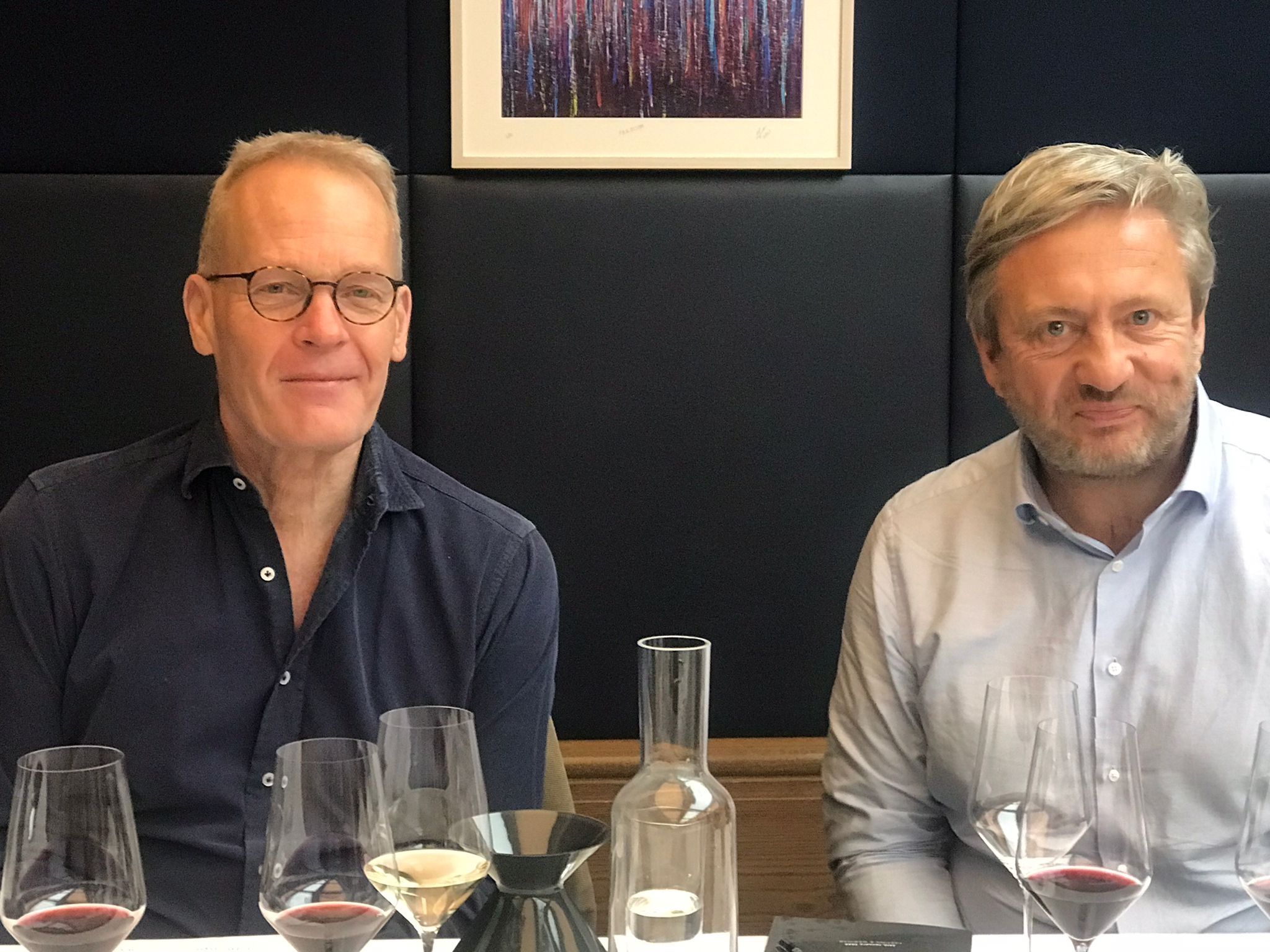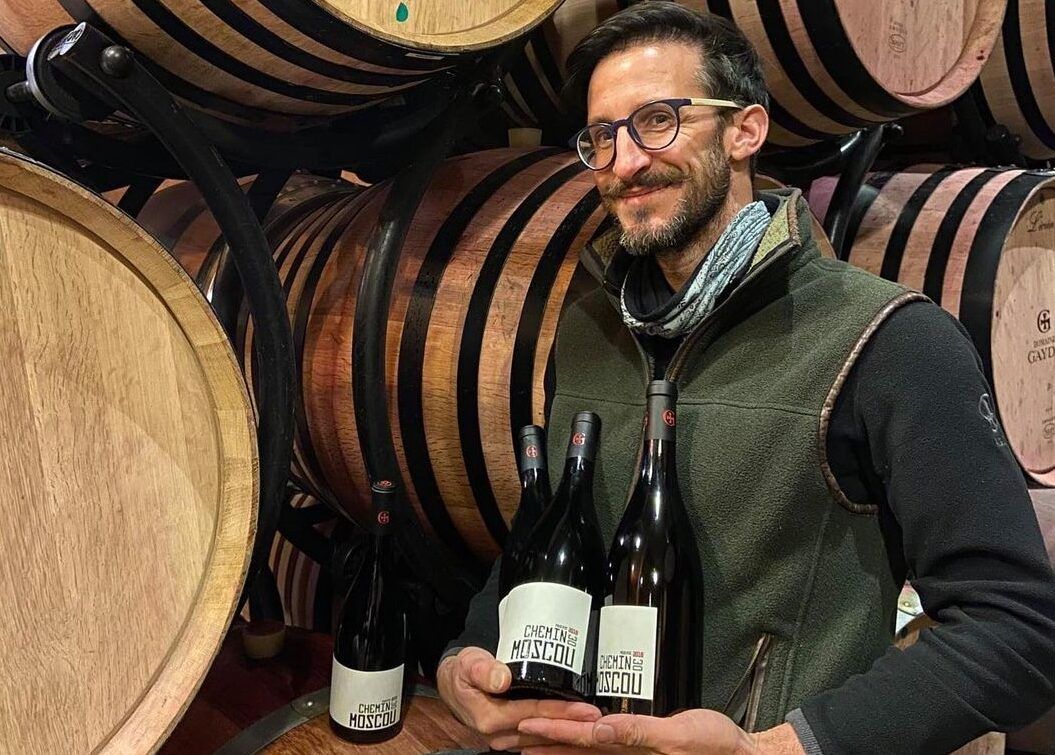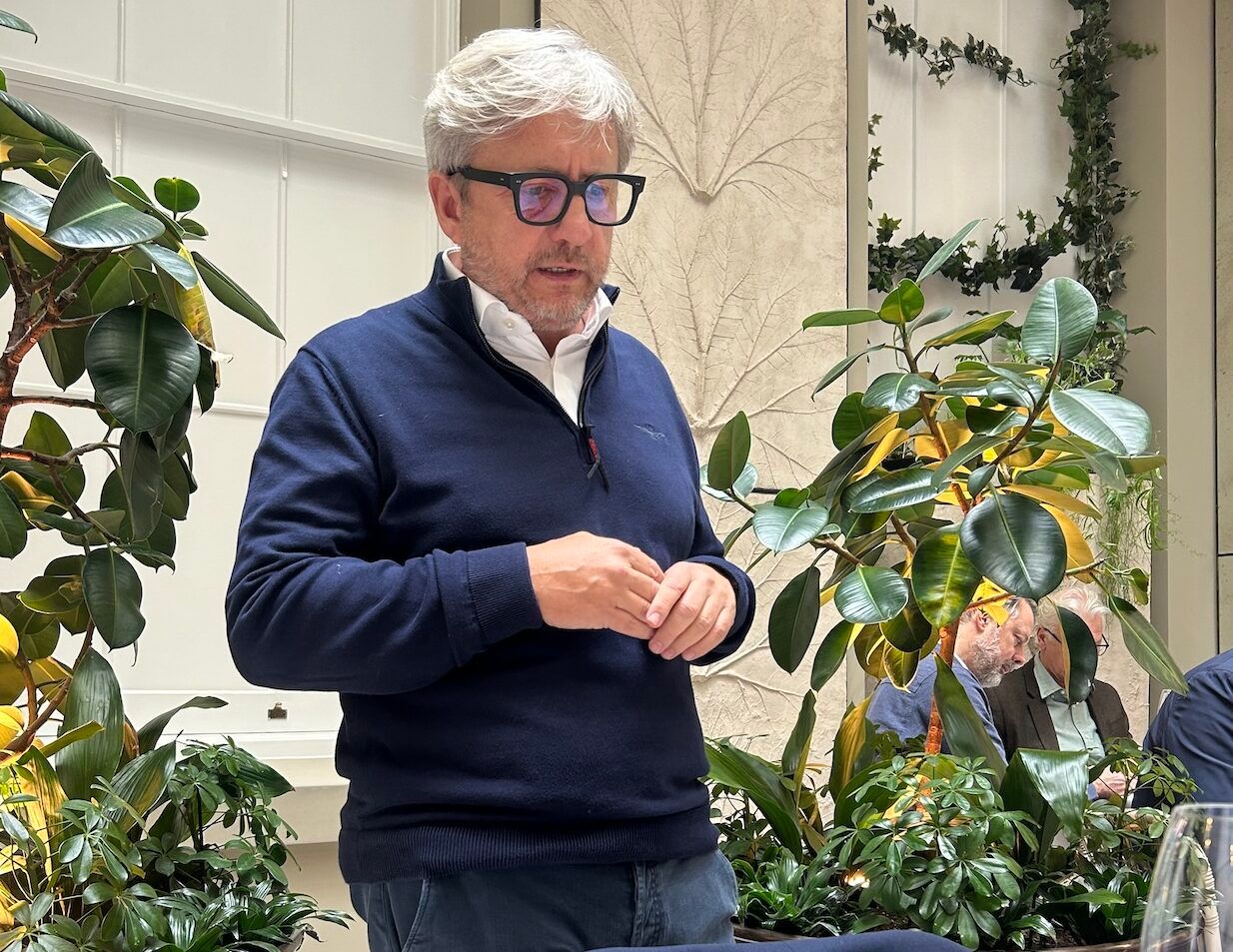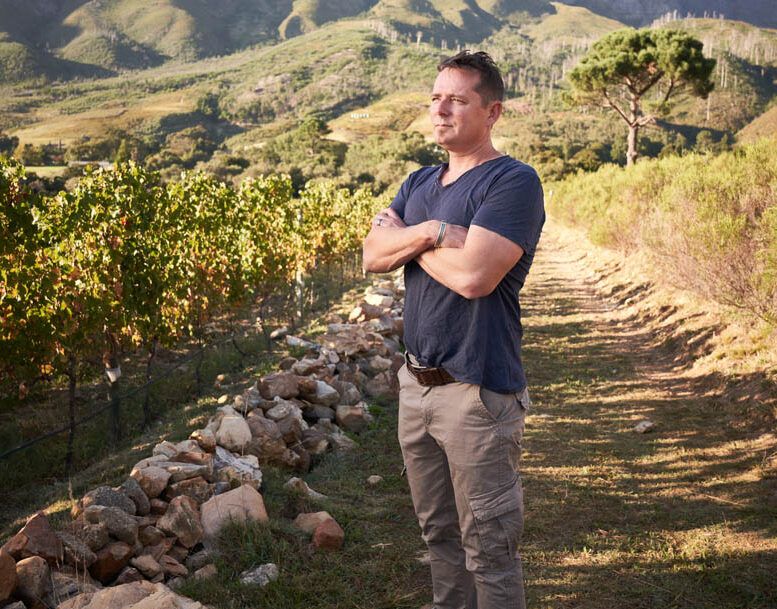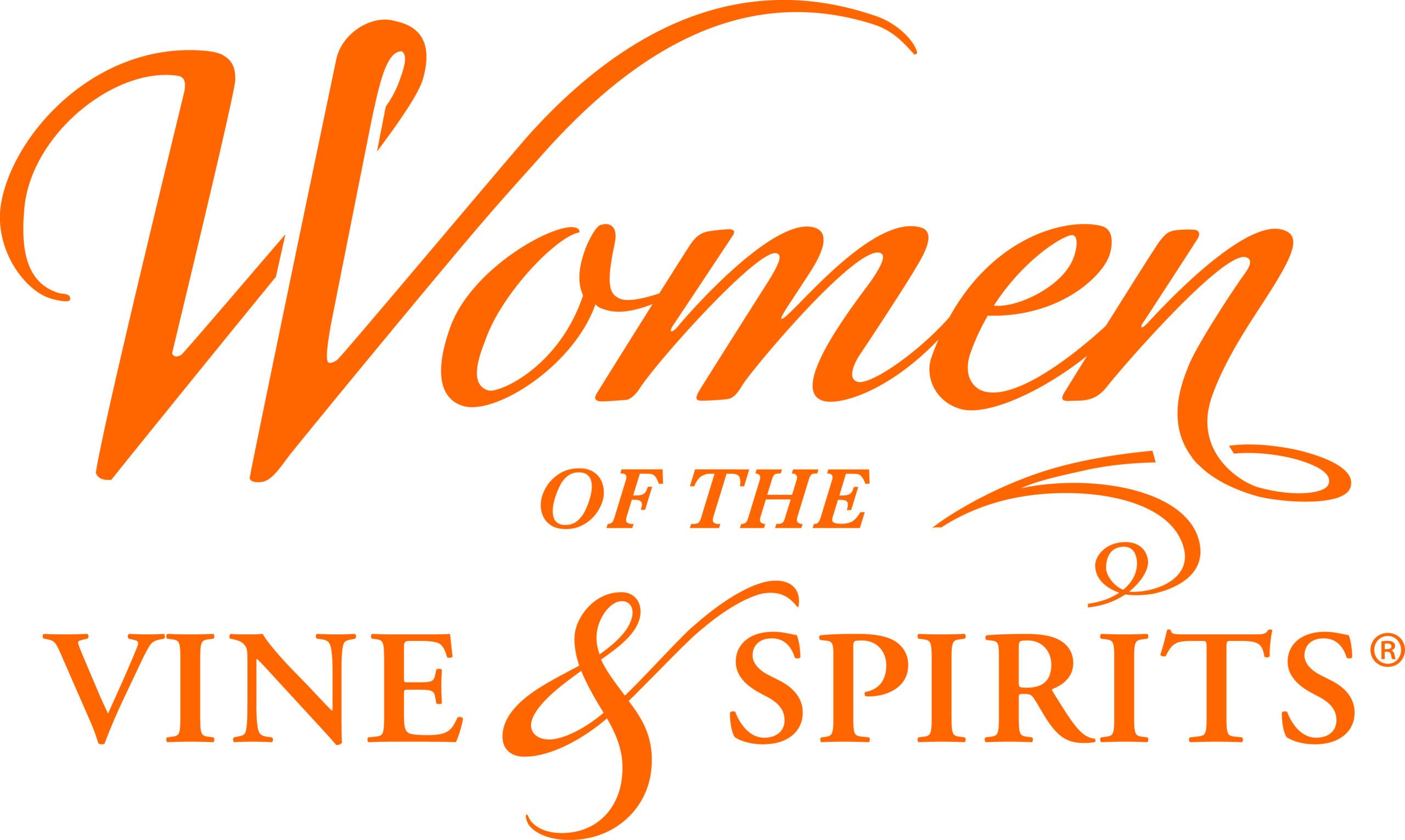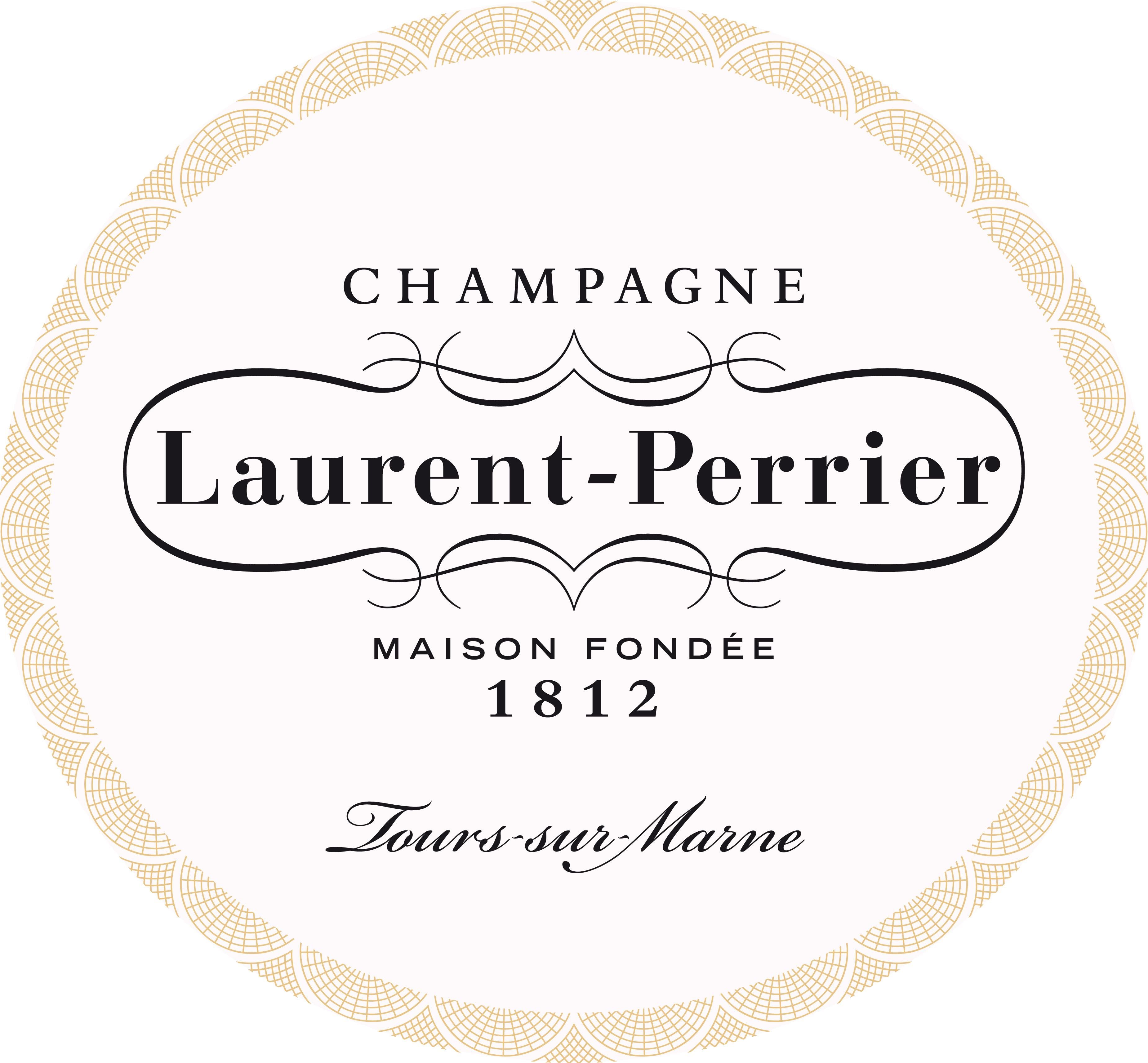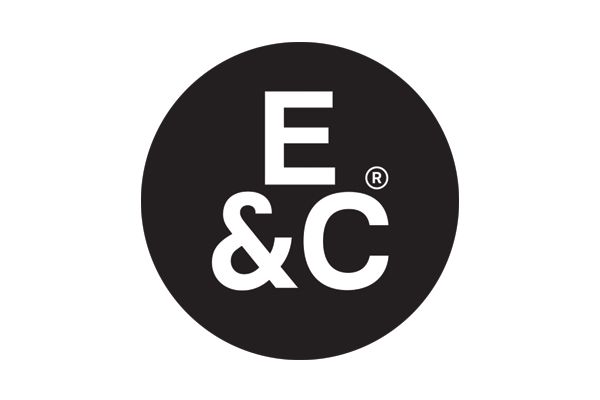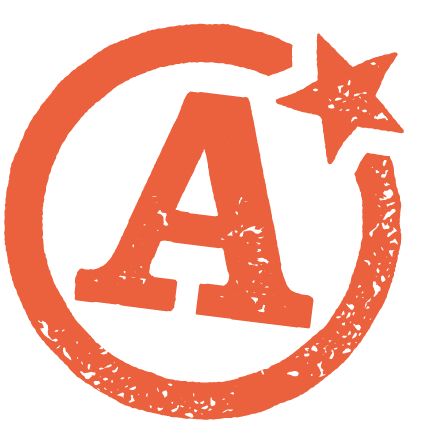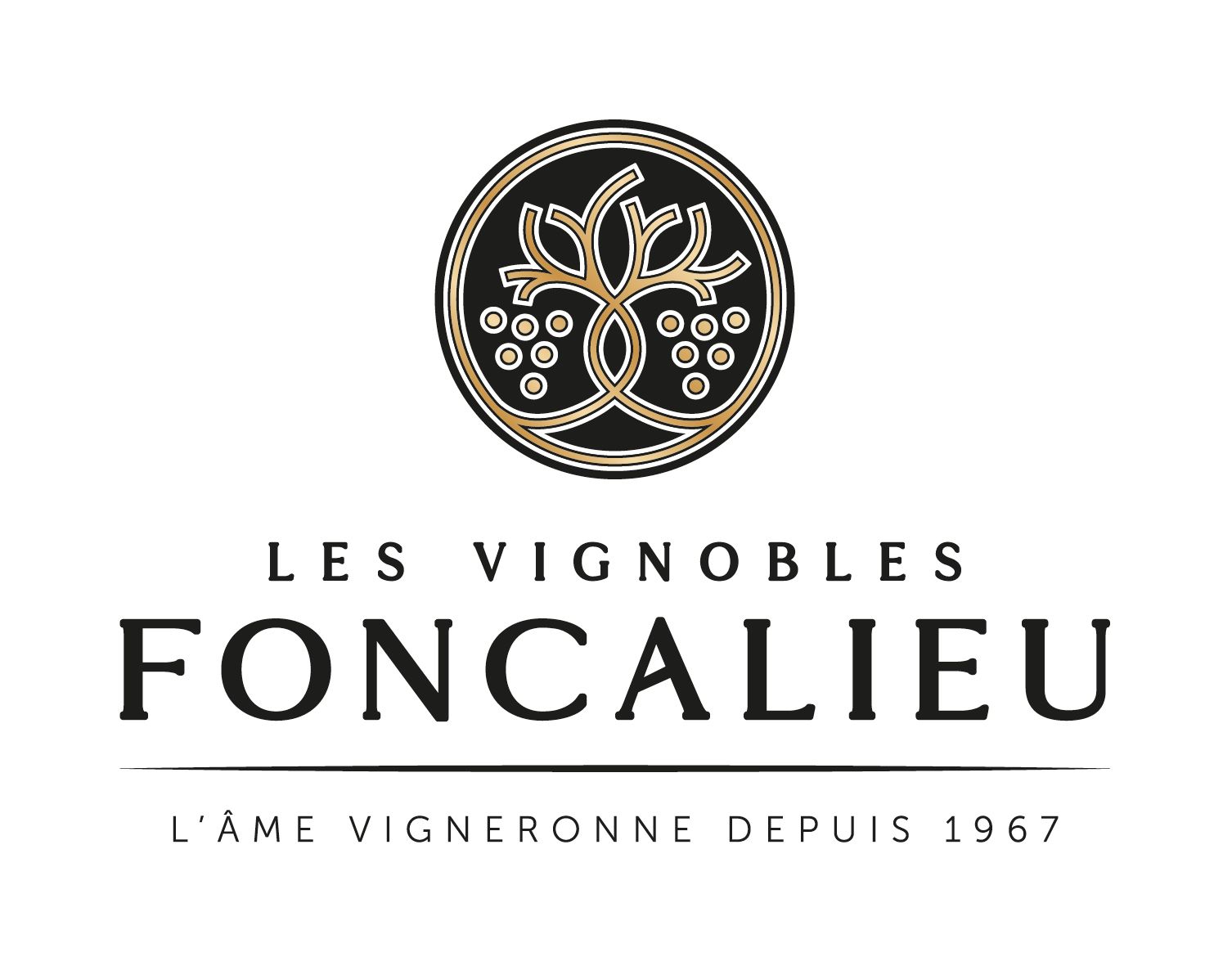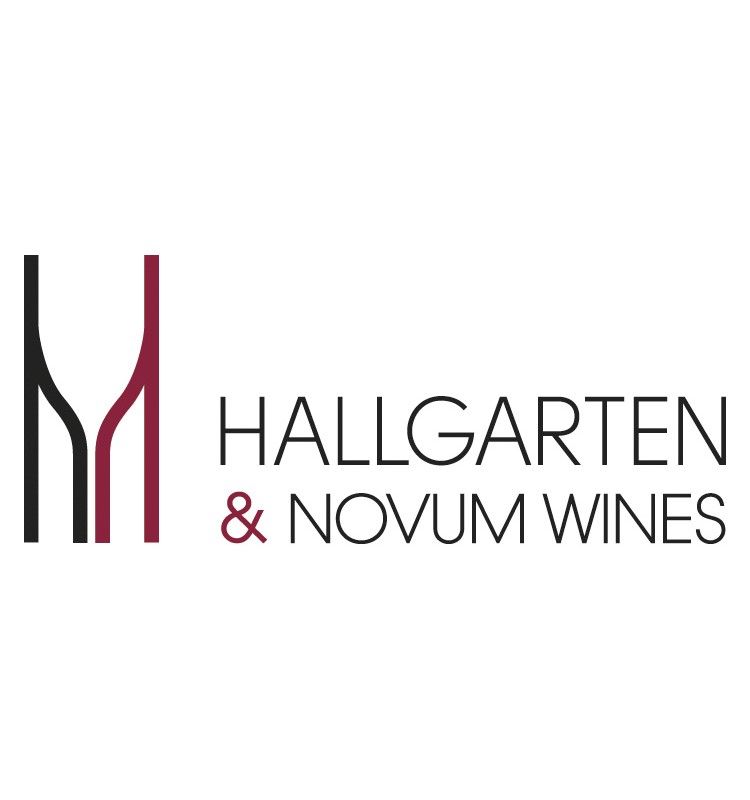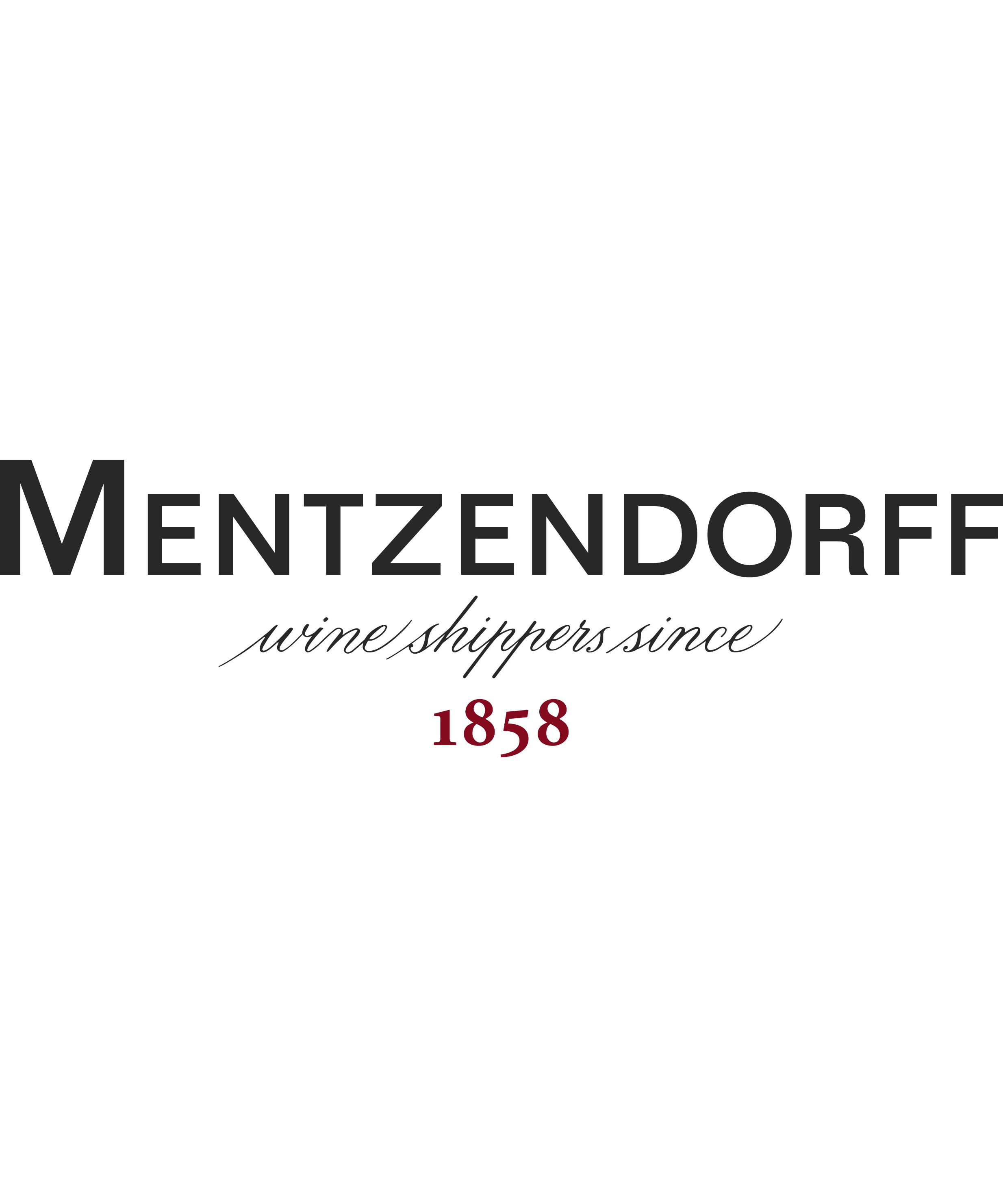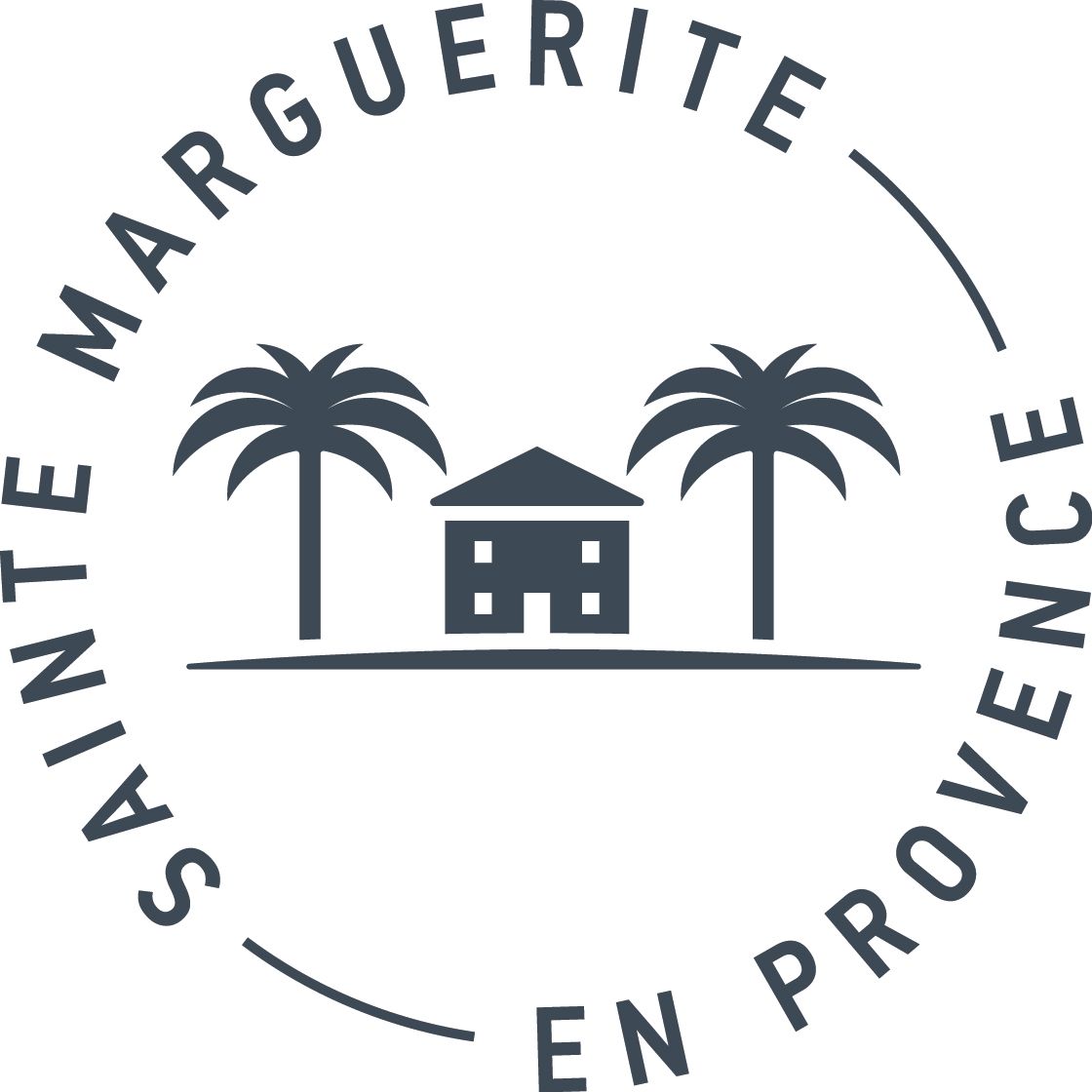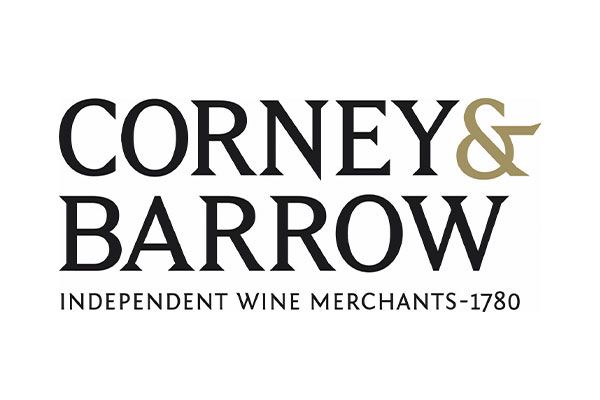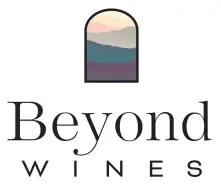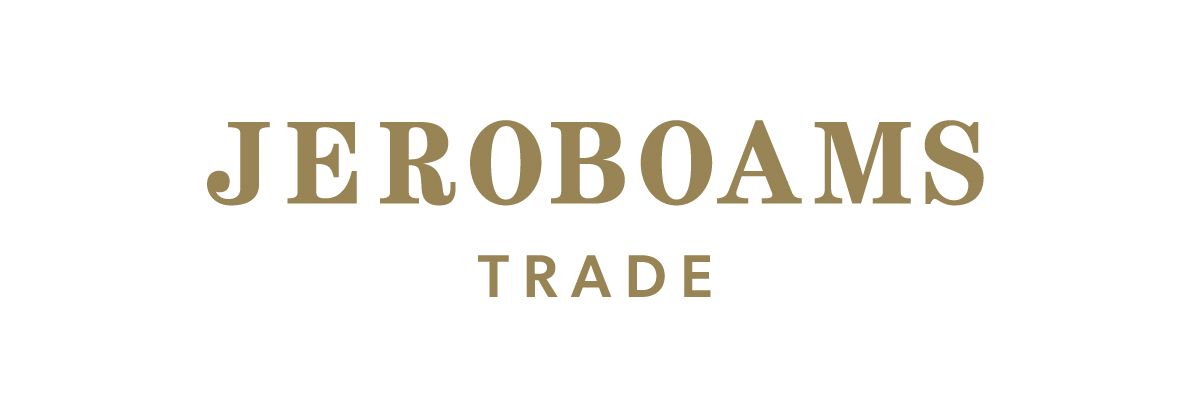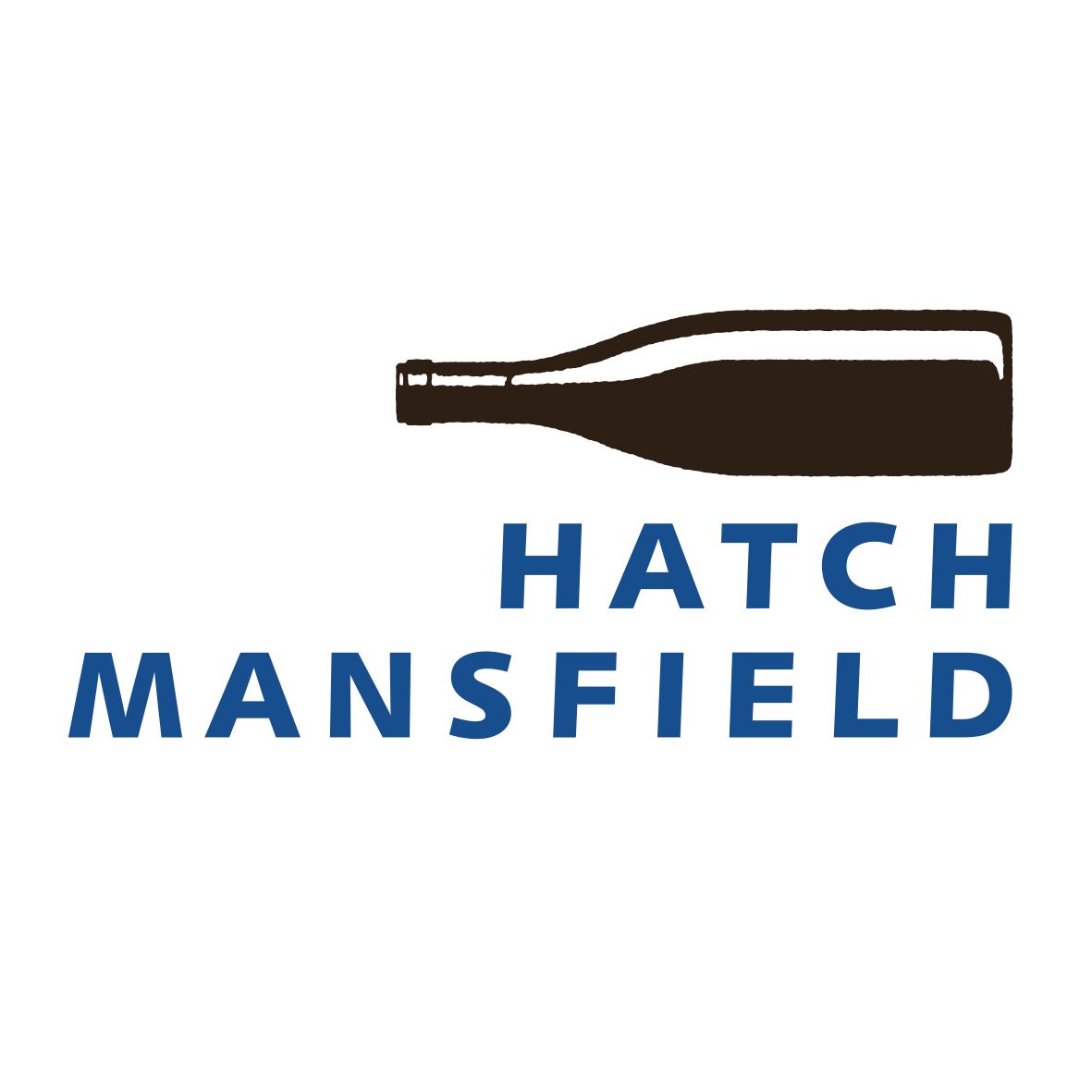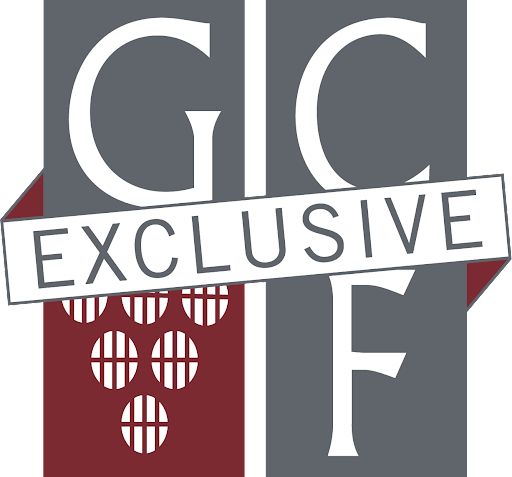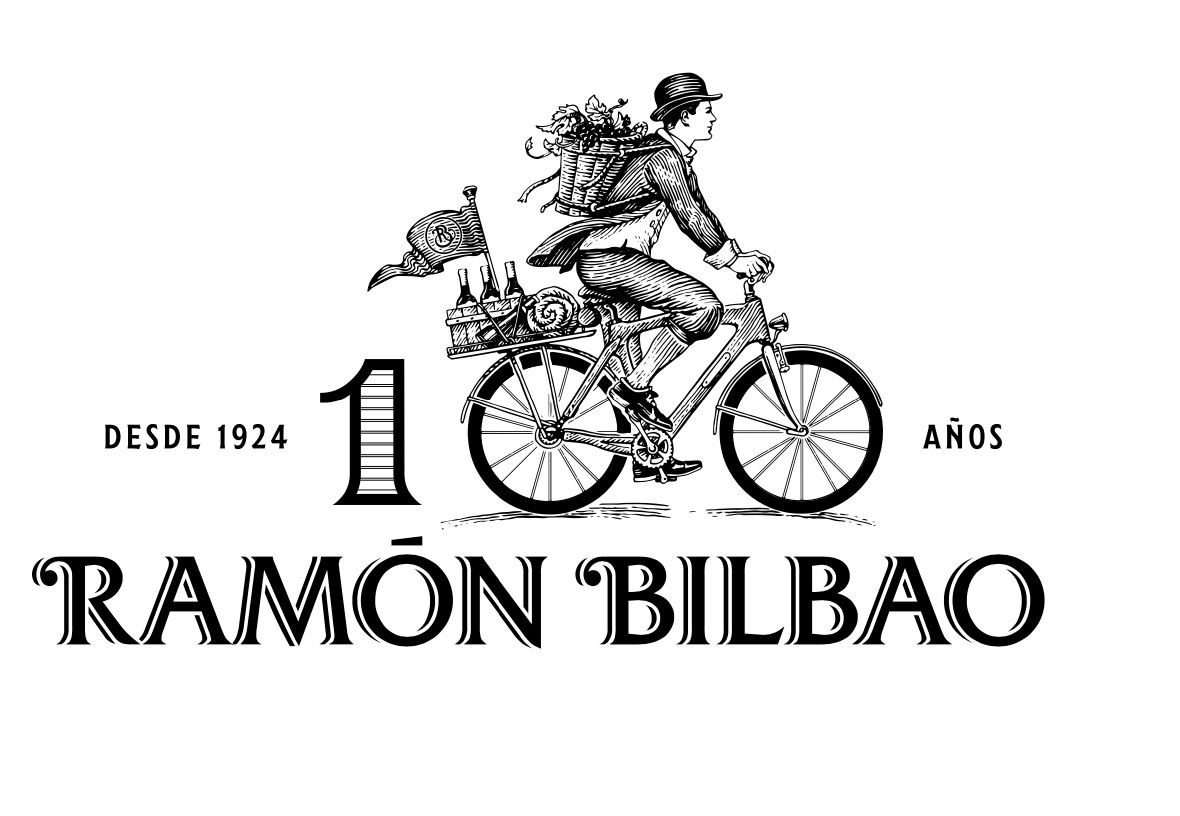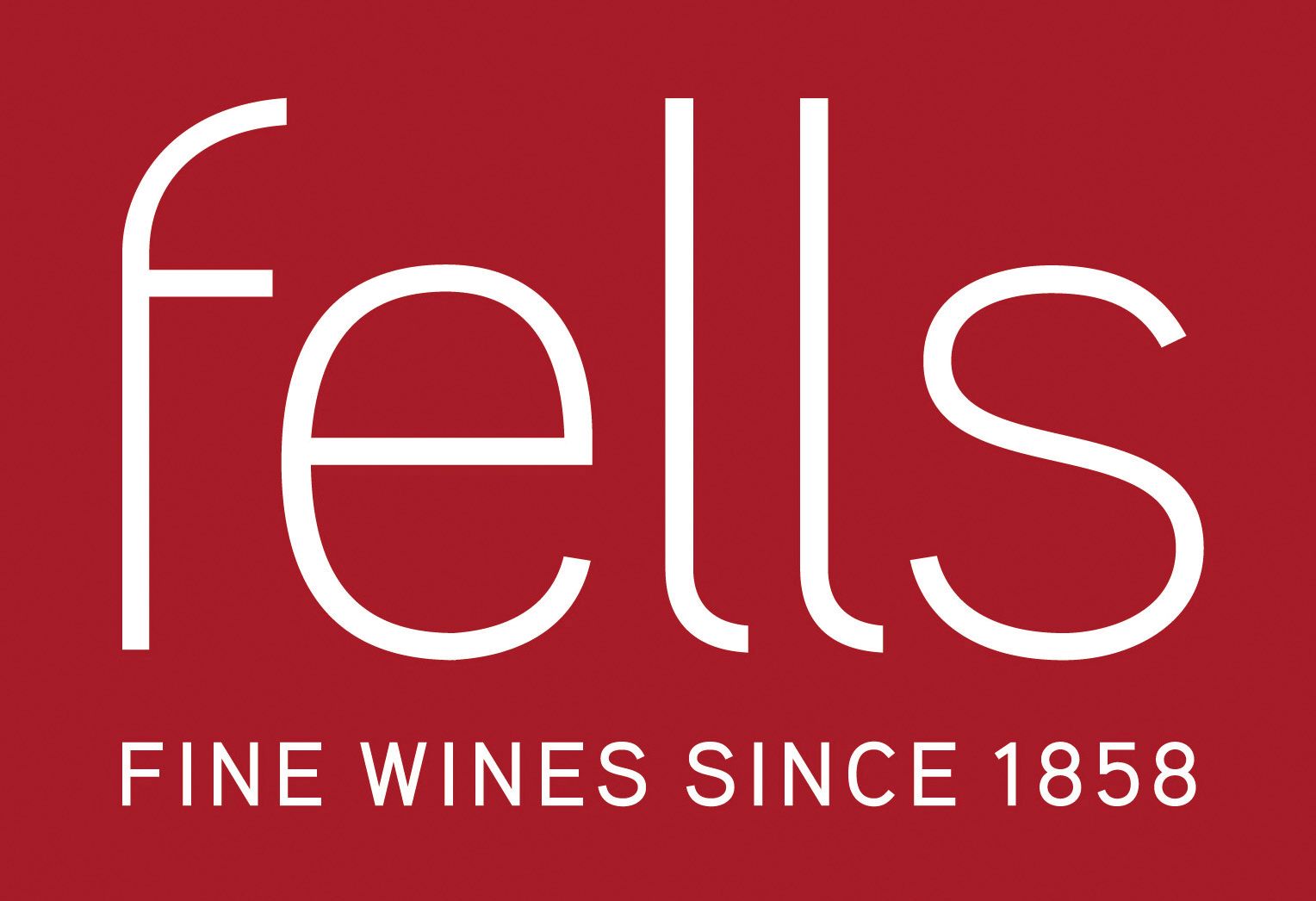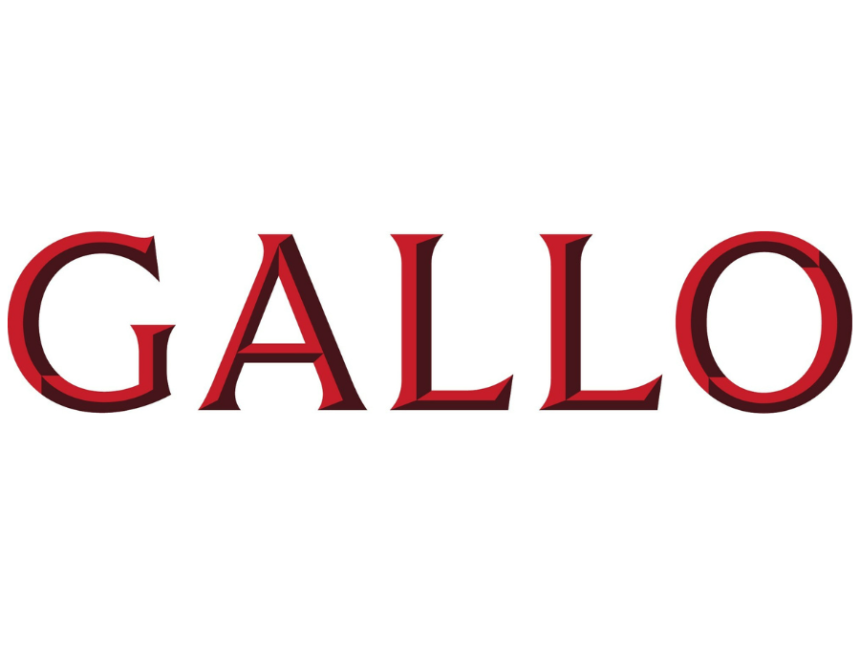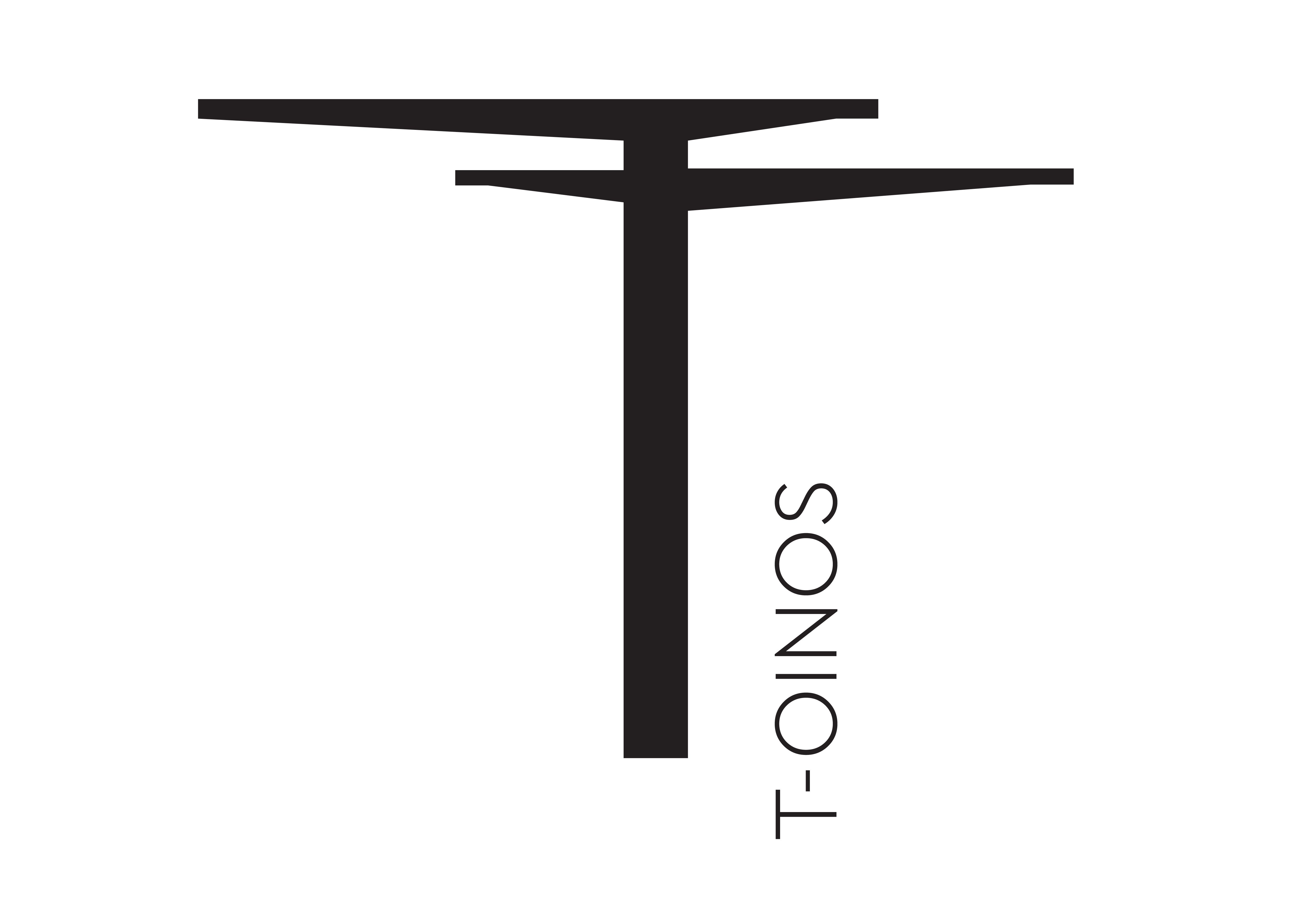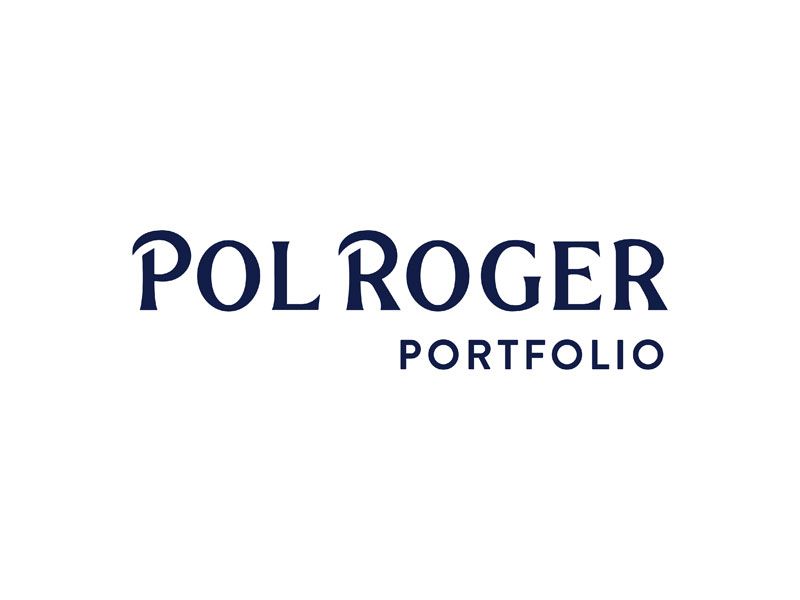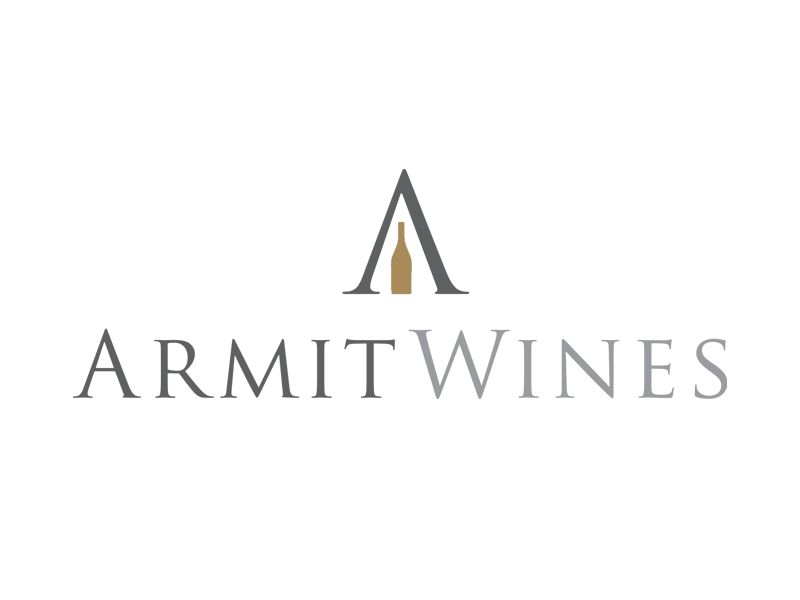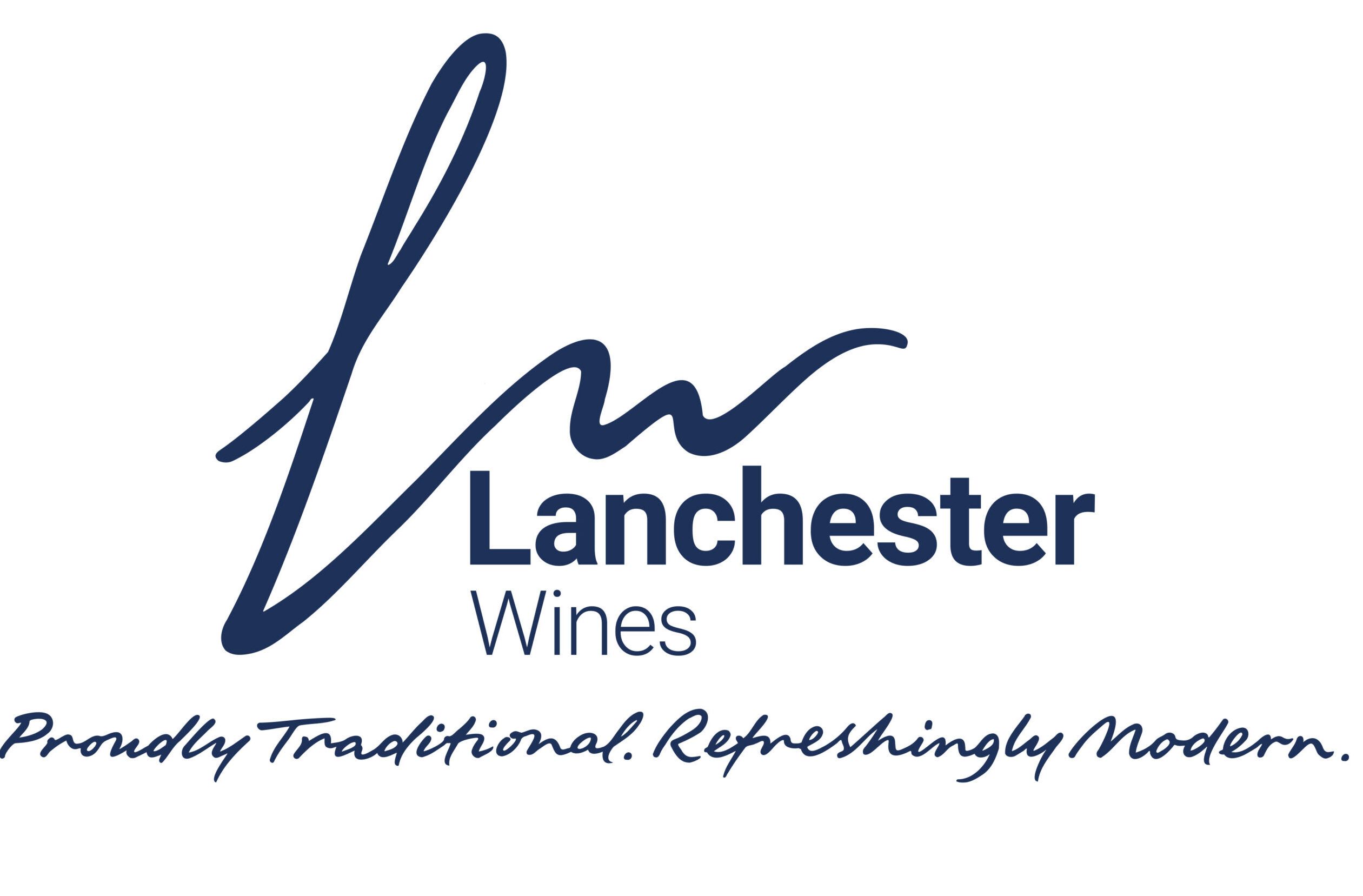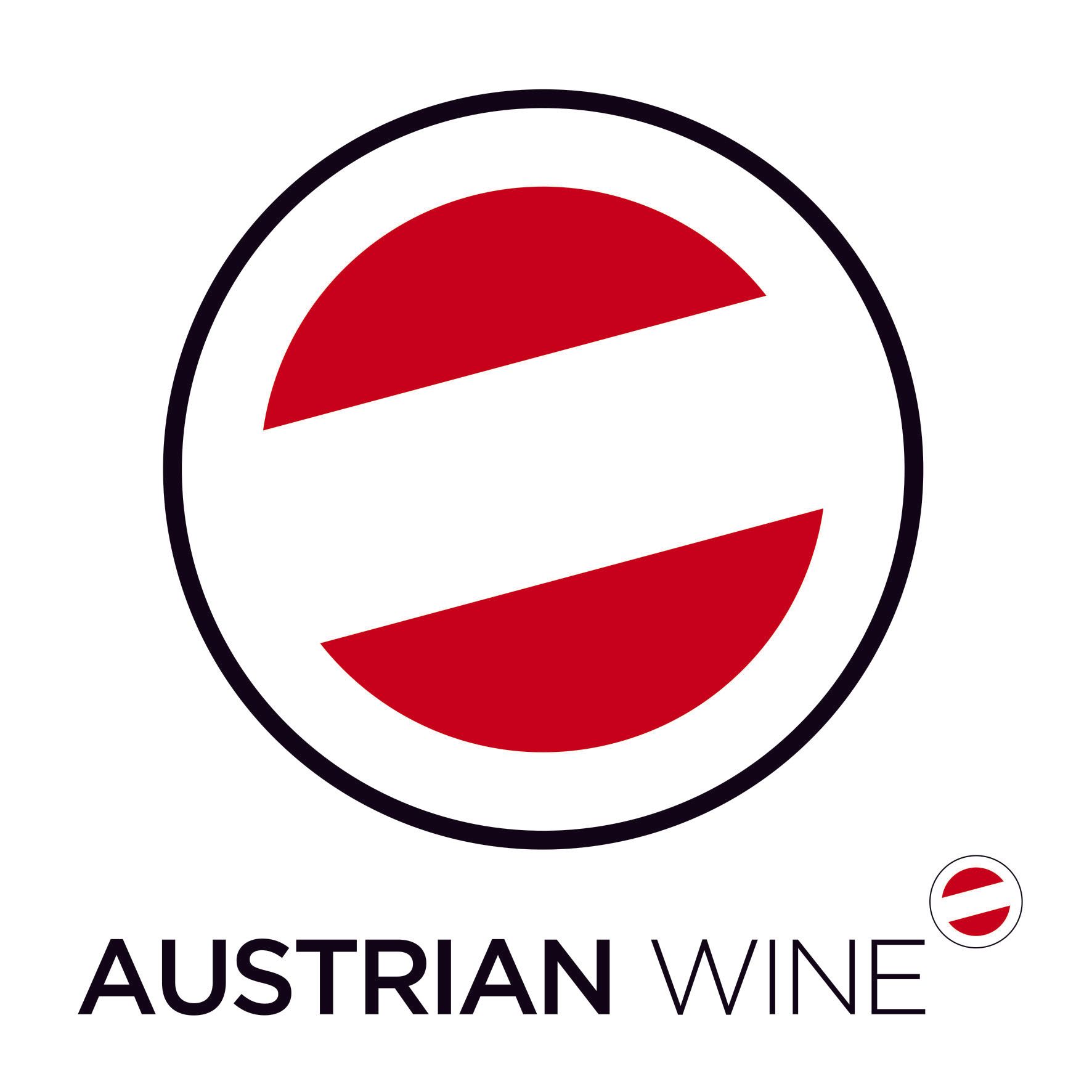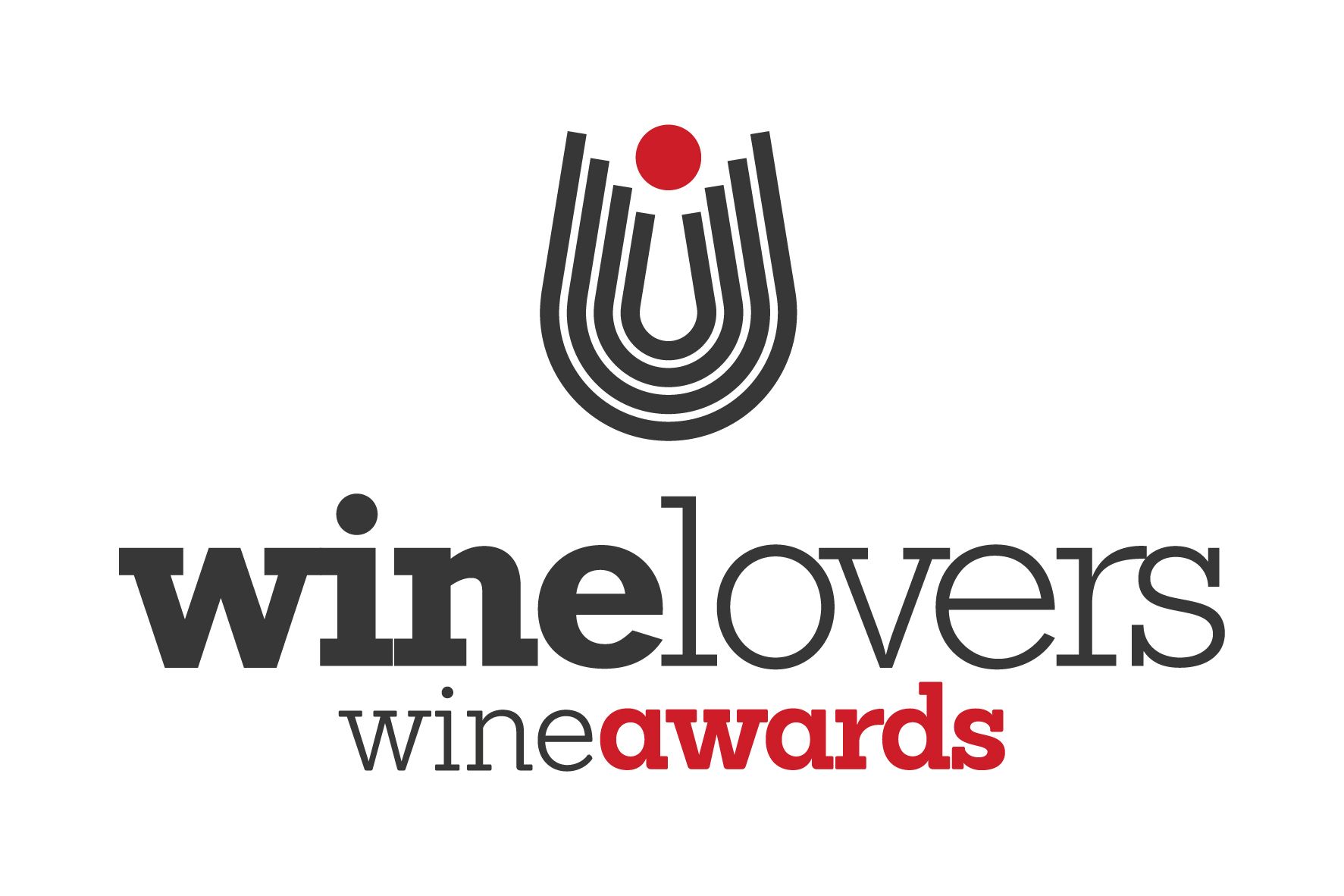“Um, do you know how to pronounce it exactly?” asked my neighbour as we settled down to taste Boekenhoutskloof’s latest releases, from 2022, and a vertical of the producer’s very limited release Cabernet Franc-based wine, The Journeyman.
“I even know that it’s Afrikaans for ‘the ravine of the Boekenhout’ a famous Cape tree but I’ve always found it a mouthful,” he continued.
“I know what you mean - I always break it down and then say it slowly,” I admitted.
Fortunately, we were here to taste Boekenhoutskloof and not pronounce it, but I can attest that the new releases are indeed quite a mouthful, in the best sense of the word.
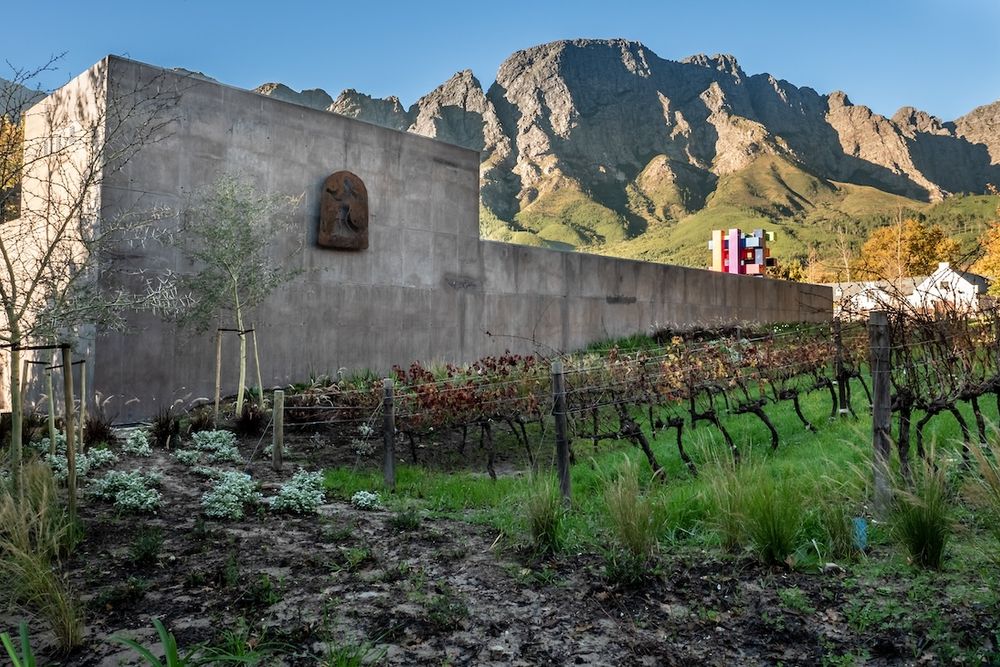
Boekenhoutskloof started life as a winery in 1993
South African wine is in a good place right now following the years of investment, innovation and experimentation that followed the end of Apartheid. Growers and winemakers have had 30 years to work out what grows best where, with the best sites in regions like Stellenbosch, Swartland, Paarl and Walker Bay now producing stellar wines.
The new confidence hasn’t been accompanied by higher prices, in fact it is fair to say South Africa offers some of the most exciting and good value wines around right now.
So what of Boekenhoutsloof?
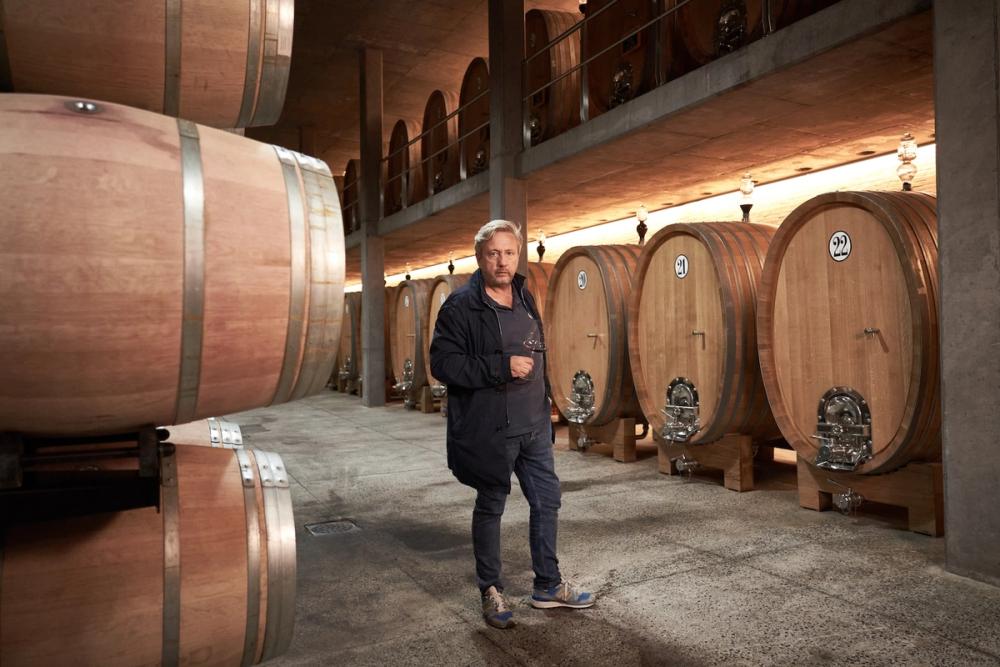
“This is a very personal wine for me." Marc Kent on The Journeyman
The Franschhoek farm was founded back in 1776 – the year of American Independence – but started life as a winery in 1993 with maverick wine producer Marc Kent and his associates making a range of wines, including off-trade favourites The Wolftrap and Porcupine Ridge (which redefined the popular consumer view of South African wines) and the more premium Chocolate Block, a blend of predominantly Rhône red varieties. These are decent wines that over deliver for their price.
However, we were gathered to taste the 2022 vintage of the main organic estate range and the iconic wine The Journeyman, guided by Kent and his chief winemaker Gottfried Mocke who joined Boekenhoutskloof in 2015, his last post being at Chamonix Winery also in Franschhoek.
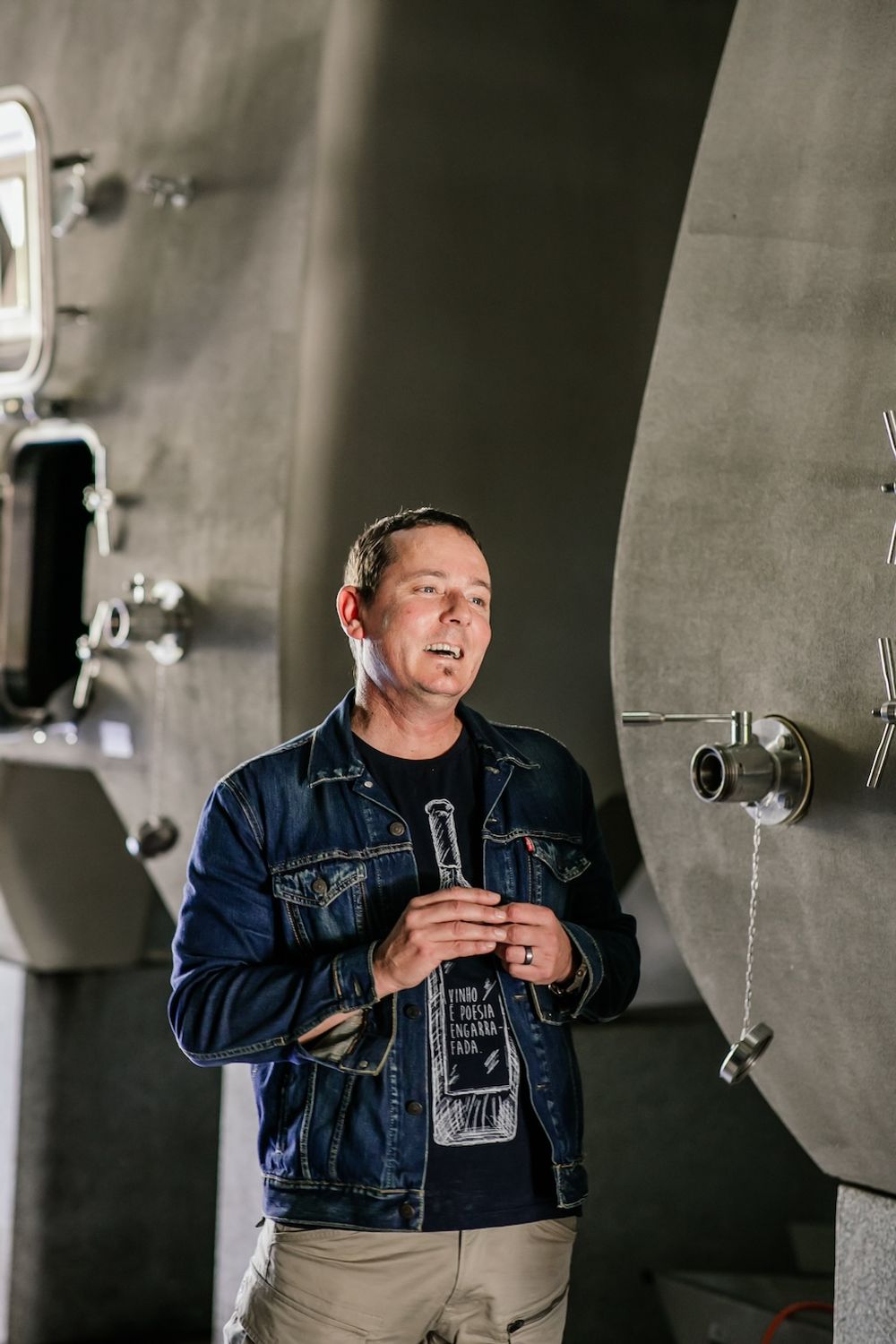
Gottfried Mocke: “quite shy, but with great evolution ahead”
“Gottfried really should be at harvest right now but fortunately for us we’re running about 10 days behind, like everywhere else the climate has become very variable but as you’ll see 2022 is a good vintage,” said Kent.
Tasting the Boekenhoutskloof 2022 vintage
First off, the Semillon 2022, a variety which Mocke told us has deep roots in South Africa, despite not being seen very often. Some of the densely planted bush vines for these grapes date back to 1902 and 1942 and have helped deliver a really quite aromatic, floral wine with a deliberately slightly oxidative style to enhance secondary flavours, with maturation in concrete eggs and new French oak delivering extra complexity.
The notes for this suggest a flavour profile comprising orange blossom, peach and melon, amongst other things, and I’m not going to argue. Mocke said the wine is currently “quite shy, but with great evolution ahead” and we got an idea of this by tasting the Semillon 2017 over lunch - a flavourful, joyful wine which, like the 2022, is defined by texture and mouthfeel not acidity. Delicious, frankly.
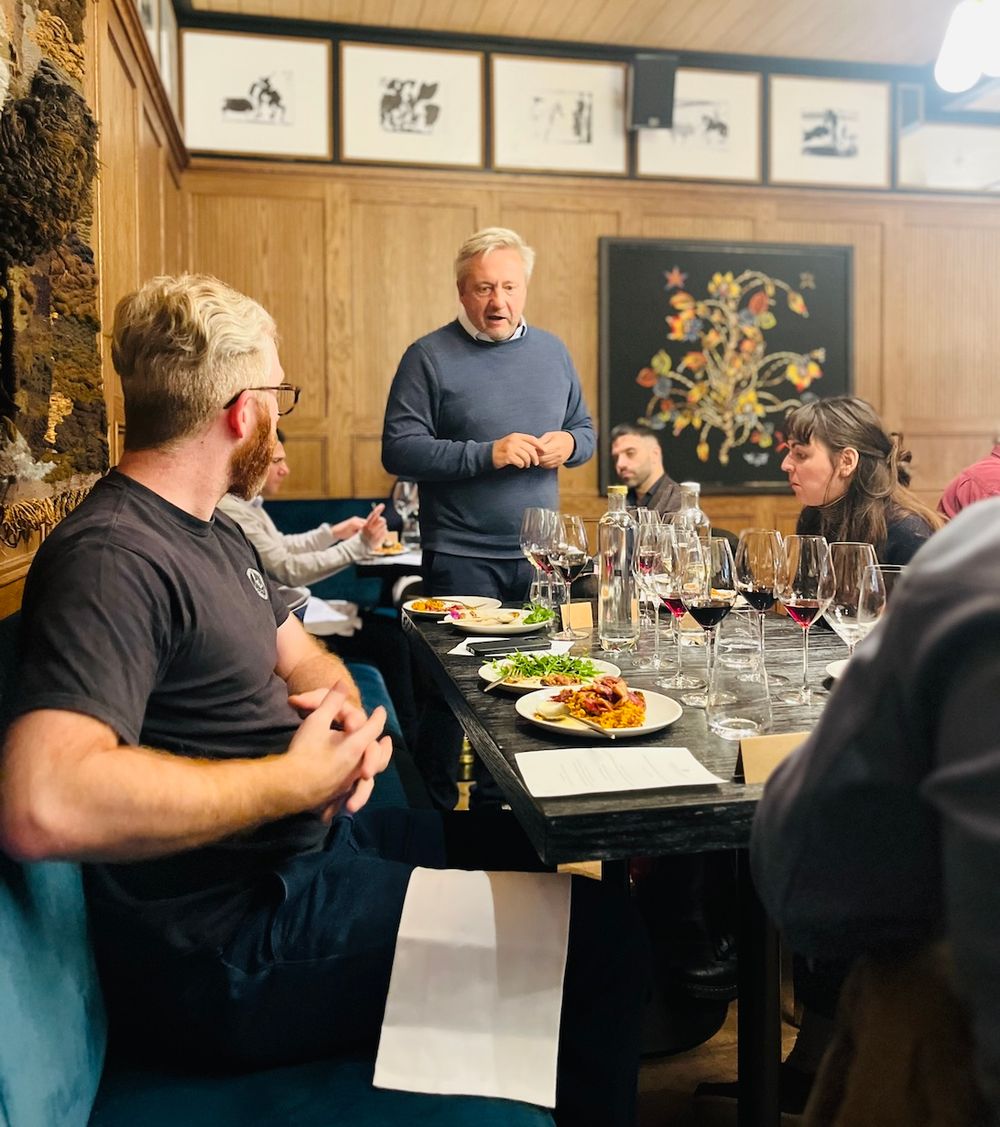
Marc Kent presenting the 2022 vintage, London, February 2025
Onto the reds and the Syrah 2022, made from Swartland fruit in what Mocke says was a tight picking window of just two weeks; this is a dry but quite rich and generous wine, defined by dark berry fruit with hints of liquorice and cherry on the finish. Very decent.
Boekenhoutskloof make two Cabernet Sauvignon, one from Franschhoek fruit, the other from Stellenbosch and it was quite fascinating to taste them side by side. The first the Franschhoek Cabernet Sauvignon 2022 is a beneficiary of the estate changes initiated after the 2016 floods, which included better canopy management and more proactive growing techniques.
“Franschhoek can be quite a wet place frankly and we picked the fruit for this a good two weeks later than at Stellenbosch, ageing afterwards in new oak for 18 months to tame the nervous tannins,” said Mocke.
The Stellenbosch Cabernet Sauvignon 2022 is much darker in colour and more generous on the fruit, more opulent though perhaps because of this with less ageing potential.
“These wines really show their origins, the roots of where they come from,” said Kent. Judging any wine is highly subjective of course, but I found the latter to have a broader New World style whilst the former feels more European, with a firm backbone of acidity supporting the wine.
Before going onto our vertical of the Journeyman we tasted the Boekenhoutskloof Cap Maritime Chardonnay 2022, made from Hemel-en-Aaarde fruit – made in a slightly reductive style, this was fresh and forward but balanced, with a distinctive papaya, apricot and peach, slightly savoury charged palate.
Onto The Journeyman vertical
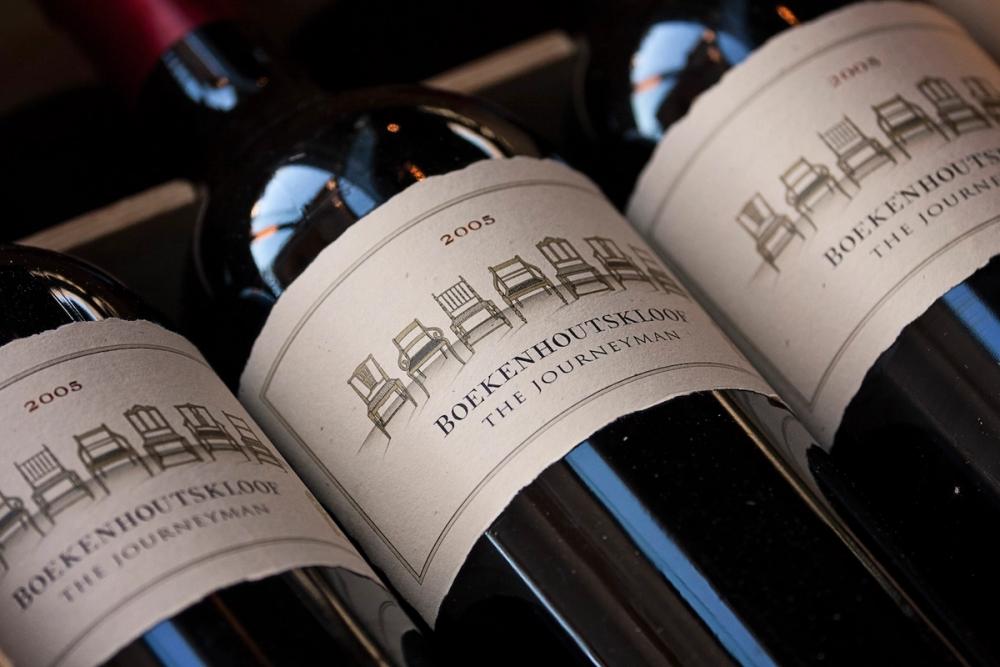
"The word icon is overused but I think it’s applicable here, made more so by the scarcity of these wines," writes Keay.
Seven vintages of this Cabernet Franc-based wine were shown – it’s only made in the years that Kent and Mocke think are worthwhile – and the variety ratio (mostly Cab Franc with a supporting cast of Cabernet Sauvignon and Merlot) differs from vintage to vintage.
Fruit for The Journeyman is only sourced from the Boekenhoutskloof farm in Franschhoek and is the best of the best – displaying what this remarkable site is capable of. The Journeyman is also a very personal project.
“My grandfather’s birth certificate describes his father as “paper hanger and Journeyman” and this inspired the name for the wine, my journey to make the best of what we can at Boekenhoutskloof.”
If a vertical of this wine was a first for me and everyone else in the room so it was too for Kent, who said it was the first time he had ever tasted all seven vintages together.
“This is a very personal wine for me. I started it back in 2001 but 2005 – a great celebrated vintage for South Africa – was the first one I was really proud of,” he said.
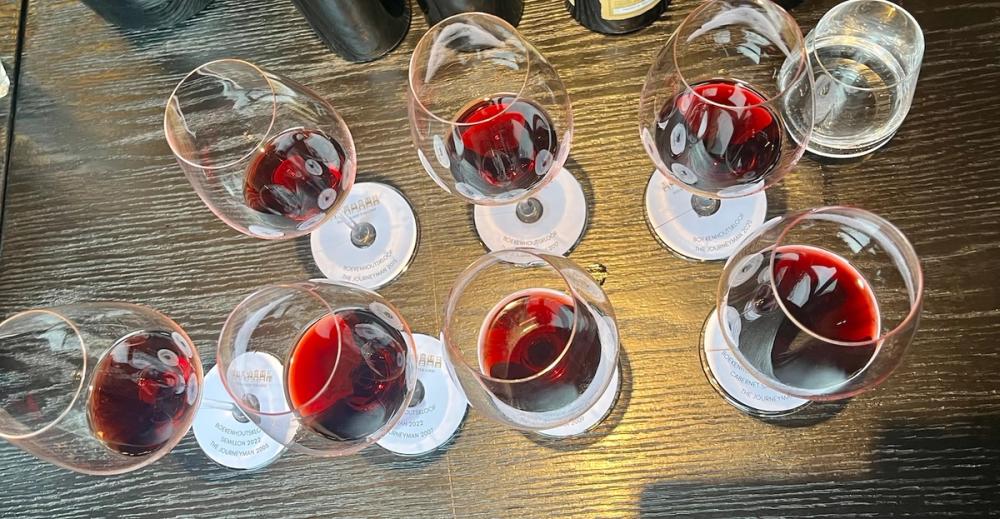
The Journeyman 2005 (60% Cab Franc, 20% each Cabernet Sauvignon and Merlot) and 2007 (70% Cabernet Franc, 30% Cabernet Sauvignon) were for me the most satisfying: incredibly complex, rich, with spicy, brambly dark berry fruit defining the palate, with the 2007 suggesting cigar box and coffee flavours too. The 2009 (67% Cab Franc, 33% Cabernet Sauvignon), again very fruity, with old leather and coffee on the long velvety palate. These two vintages are really showing amazingly well right now.
The 2011 (around one third each of the varieties) was a sort of in-between wine, very dark with suggestions of blueberry, gastronomic but distinct from the others, probably because it has the smallest ratio of Cab Franc. But still very moreish.
The Journeyman 2015 (75% CF, 25% M) and 2017 (50% CF, 25% each CS and M) were more angular, showing more acidity and tannin, not yet fully evolved with a lot more to give going forward (I had to pinch myself that 2015 was 10 years ago). The 2020 (50% CF, 50% CS) was different again, readier to go than its predecessors but still requiring some patience before it will show at its best.
The word icon is overused but I think it’s applicable here, made more so by the scarcity of these wines – just 1000-2000 bottles are produced (compared say to 1.2m of Chocolate Block) and after Kent actually gave away some bottles of the earlier vintages (something he admits he’s stopped doing) these wines are frankly as rare of hen’s teeth, particularly the earlier vintages.
“Despite having moved to Portugal – where he runs his Invincible project with local winemaker Rita Marques in the Douro – Kent is still in very close contact with his original creation.
“I’ve been at this for over 30 years now and I’m really happy that South Africa has been accepted as a quality wine region…but given the quality I really think we’re selling at a discount,” he says ruefully.
All the more reason to give the 2022s – and indeed the full Boekenhoutskloof range – some close attention.
The Boekenhoutskloof 2022s and all of Marc Kent’s wines are imported and sold in the UK through New Generation Wines which is a commercial partner of The Buyer. To discover more about them click here.

